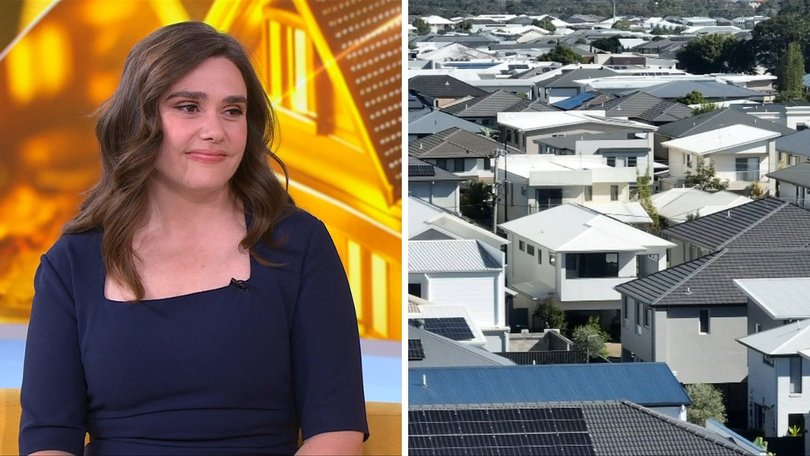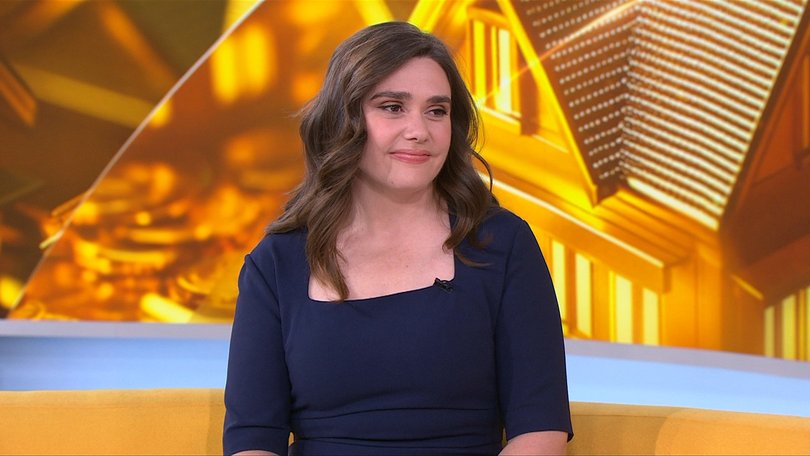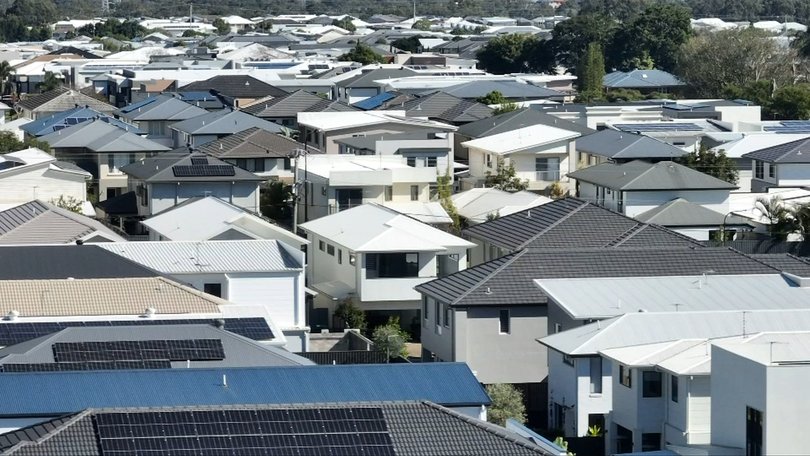Crucial mistake that could cost borrowers over $150,000 amid rollout of 5% deposit scheme

A financial expert has warned borrowers of a mistake that could put them more than $100,000 out of pocket, as the government’s 5 per cent deposit housing scheme is expanded.
The program is expected to open doors for young families entering the housing market, allowing first home buyers to vault over the hurdle of a 20 per cent deposit without paying expensive mortgage insurance.
It is expected to be an answer to inflated house prices and struggling first home buyers, with the median Australian property value climbing to $857,280 in September.
Sign up to The Nightly's newsletters.
Get the first look at the digital newspaper, curated daily stories and breaking headlines delivered to your inbox.
By continuing you agree to our Terms and Privacy Policy.However, many analysts argue the measure will add demand to a hot property market.
Cotality’s head of research Eliza Owen appeared on Sunrise on Thursday, crunching numbers for borrowers, telling them to make sure they don’t overlook the financials of holding a 95 per cent loan with their bank.
“If you’re taking out $950,000 in a home loan, that’s the flip side of a 5 per cent deposit, your monthly repayments look like $5394 per month. That’s based on the average owner-occupier mortgage rate of 5.5 per cent at the moment.
“If you put down your $200,000, that’s the 20 per cent scenario, it’s a lot less, about $4500 a month.
“The important thing for first home buyers to remember is the flip side of a 5 per cent deposit, is a 95 per cent home loan.”

The extra average repayments would amount to around $12,000 extra per year for a borrower.
On a 5 per cent deposit, a borrower would pay $156,606 in extra interest on the life of a million-dollar loan, when compared to a traditional deposit of 20 per cent.
How renters could make the switch and save
However, Owen said it wasn’t necessarily bad news for renters, especially those in Sydney, who are lumped with sky-high rents.
The amount paid off on a home loan could be the equivalent of rent payments over five years, she said.
“It can still work out in your favour, if you are going to be in the private rental market for five years or more in Sydney,” Owen began.
“For example, trying to save a 20 per cent deposit, median weekly rents in Sydney are $800 a week.
“That’s $200,000 right there (instead of a deposit).
“For the individual it can work out. It’s important to do the numbers on the individual situation.”
Expanded scheme fuels house price fears
The expanding of the scheme has posed significant questions about the effect on house prices.
Treasury has said it will only see prices rise 0.5 per cent in a six-year period. However, leading economists have said to expect a 10 per cent rise in the first year alone.
Owen admitted it was hard to make a prediction.

“Earlier this year, the Westpac economics team estimated that around 400,000 Australians could be eligible for the expanded scheme, but that doesn’t mean they qualify for the home loan,” Owen said.
“Borrowers need to demonstrate to the lender that you can pay that, for example, $5400 a month.”
Owen also explained the changes to the scheme.
“What the government has done is expanded who can buy and what kind of property you can buy,” she said.
“There used to be 35,000 places a year for the scheme. That’s now unlimited. There used to be an income cap. Now, it is open to any first home buyer, no income caps.
“The Regional Home Guarantee has been collapsed into it, and we’ve also seen a substantial increase in the price caps.
“For example, it goes from $900,000 to $1.5 million.
“So, we estimate across the capital cities it’s opened-up potential market access from about 26 per cent of markets to almost 60 per cent across the capitals.”
Originally published on Sunrise
